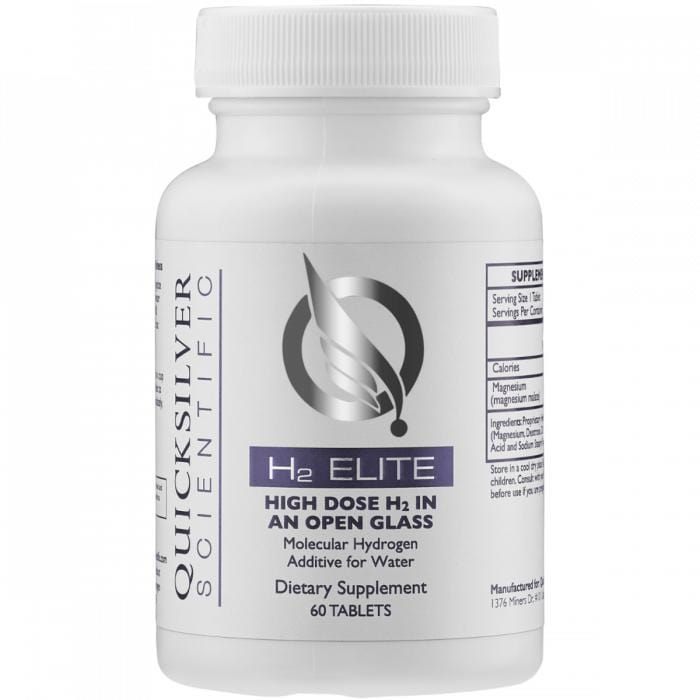Overall incidence of pediatric cancer in the United States increased 0.5% annually on average between 2003 and 2019, according to a CDC study published in Journal of the National Cancer Institute in July, with a larger rate of increase in childhood leukemia being the major driver of this worrying trend. Leukemia is now by far the most common cancer in kids.
“When you see an increase like that — that fast — in a short period of time, most likely it is going to be driven by some exposure to environmental factors,” says Catherine Metayer, MD, PhD, an adjunct professor at the University of California, Berkeley, School of Public Health, stated recently.
On Wednesday the Global Glyphosate Study presented their first data, which shows that the most widely used weed killer in the world is likely to be a major cause of the massive rise in childhood leukemia. This multi-institutional international toxicological study has found that low doses of glyphosate-based herbicides cause leukemia in rats. Importantly, half of the leukemia deaths identified in the study groups occurred at an early age.
In this long-term study, glyphosate alone and two commercial formulations, Roundup BioFlow (MON 52276) used in the EU and Ranger Pro (EPA 524-517) used in the U.S., were administered to rats via drinking water beginning in prenatal life, at doses of 0.5, 5, and 50 mg/kg body weight/day. These doses are currently considered safe by regulatory agencies and correspond to the EU Acceptable Daily Intake (ADI) and the EU’s No Observed Adverse Effect Level (NOAEL) for glyphosate.
Dr. Daniele Mandrioli, the coordinator of the Global Glyphosate Study and the Director of The Ramazzini Institute, stated on Wednesday that “About half of the leukemia deaths seen in the rats exposed to glyphosate and glyphosate-based herbicides occurred at less than one year of age. By contrast no cases of leukemia have been observed below one year of age in more than 1600 sprague-dawley rats studied over the past two decades by the U.S. National Toxicology Program (NTP) and the Ramazzini Institute.”
Glyphosate BoxGlyphosate Residue Free Certification for Food Brands – Click Here Test Your Food and Water at Home for Glyphosate – Click Here Test Your Hair for Glyphosate and other Pesticides – Click Here to Find Our Your Long-Term Exposure |
The GGS is the most comprehensive toxicological study ever conducted on glyphosate and glyphosate-based herbicides. It provides vital data for government regulators, policy makers and the general public. It examines the impacts of glyphosate and glyphosate-based herbicides on carcinogenicity, neurotoxicity, multi-generational effects, organ toxicity, endocrine disruption and prenatal developmental toxicity. Multiple peer-reviewed papers from the study are set to be published from early 2024 onwards.
“These findings are of such great relevance for public health that we decided it was vital to present them now in advance of publication. The full data will be made publicly available and submitted for publication in a scientific journal in the coming weeks,” Dr. Mandrioli concluded.
The GGS’s findings on glyphosate’s toxicity to the microbiome, which were peer-reviewed and published in late 2022 and presented at the EU Parliament in 2023, also showed adverse effects at doses that are currently considered safe in the EU (0.5 mg/kg bw/day, equivalent to the EU Acceptable Daily Intake).
The GGS previously published a pilot study, which showed endocrine and reproductive toxicity in rats at glyphosate doses currently considered safe by regulatory agencies in the U.S. (1.75 mg/kg bw/day). These findings were later confirmed in a human population of mothers and newborns exposed to glyphosate during pregnancy.
This multi-institutional study, coordinated by the Ramazzini Institute, involves scientists from Europe, the U.S. and South America, giving extra weight to the results. Scientists are involved in the study from the Icahn School of Medicine at Mount Sinai, George Mason University, University of Bologna, University of Copenhagen, Boston College, Italian National Institute of Health, Federal University of Parana, University of California Santa Cruz and Genoa Hospital San Martino.
The Global Glyphosate Study has been funded from crowdfunding and requires even more support from the public to perform analysis on all the data they are collecting. Their website can be found here.

 Childhood Leukemia and leukemia in young adults has increased by an estimated 35% since 1975, with an increase most recently of around 1% a year, according to the CDC. A group of independent scientists from around the world could have just discovered one of the reasons for this – glyphosate-based weed killers, including Bayer’s RoundUp.
Childhood Leukemia and leukemia in young adults has increased by an estimated 35% since 1975, with an increase most recently of around 1% a year, according to the CDC. A group of independent scientists from around the world could have just discovered one of the reasons for this – glyphosate-based weed killers, including Bayer’s RoundUp.




Showing 1 reaction
Sign in with